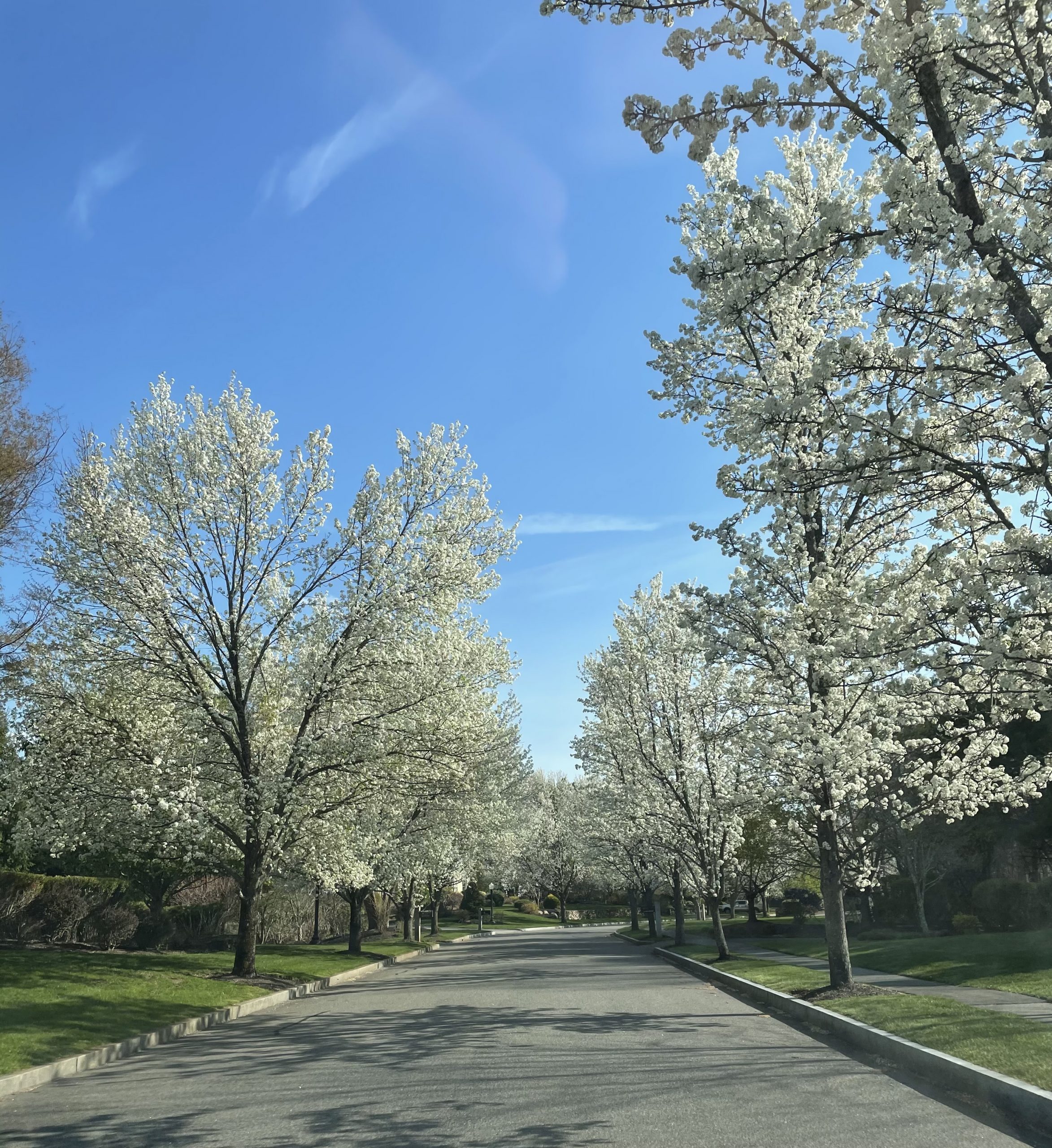History of Hanover
- Hanover was first inhabited by the local Wampanoag and Massachusett people before Europeans settled. European settlement began when the land was settled by the English from Scituate in 1649 when William Barstow, a farmer, built a bridge along the North River at what is now Washington Street.
- During its first decades of settlement, the land was the westernmost part of Scituate, and it would officially become its own town and incorporated on June 14, 1727.
- The name “Hanover” is most likely a tribute to King George I, the first Hanoverian King of England.
- Hanover’s early industry revolved around farming, small mills, anchor forging, and several shipbuilding yards along the North River.
- The oldest building in Hanover with the best documentation to support it is the Daniel Turner house, built in the year 1693.
Hanover is 15.7 square miles and is the 240th town in terms of size in Massachusetts with 15,000 residents.
- Hanover borders Norwell, Pembroke, Hanson and Rockland and is 20 miles southeast of Boston. There are three waterways in Hanover- North River, Indian Head River & Third Herring Brook.
There are 2 elementary schools in Hanover- Cedar & Center as well as Hanover Middle & Hanover High Schools.
- There are approximately 2800 students enrolled in Hanover Public Schools.
- Hanover is also home to South Shore Vocational School. Programs include culinary, HVAC, engineering, cosmetology amongst many others.



